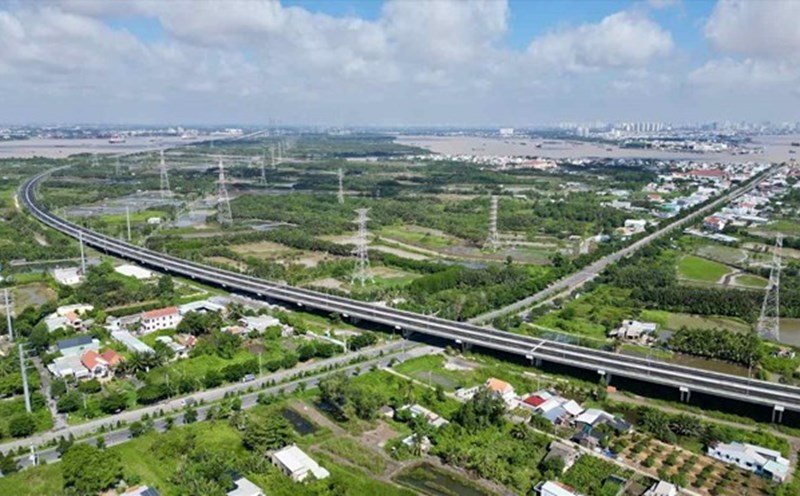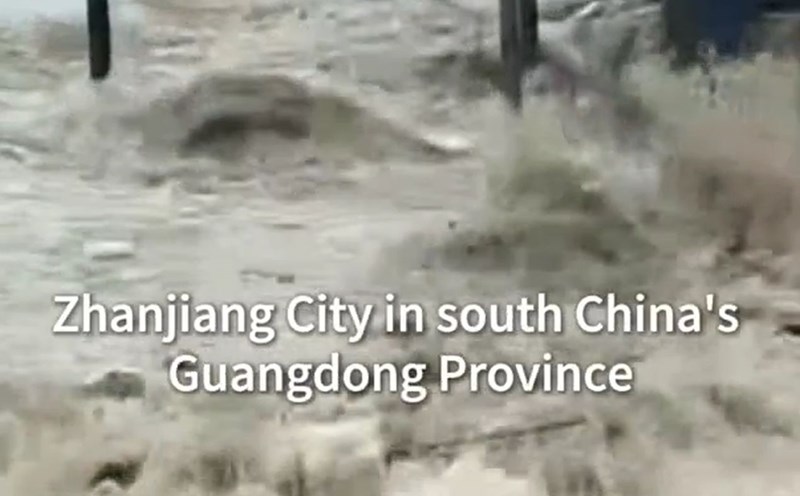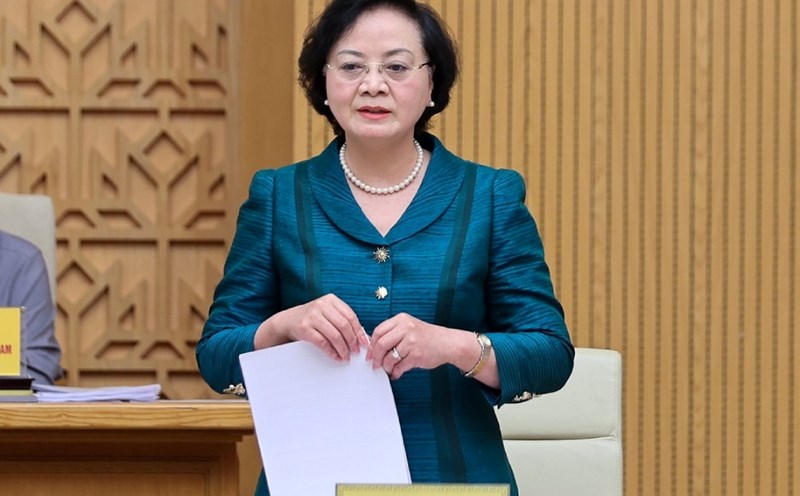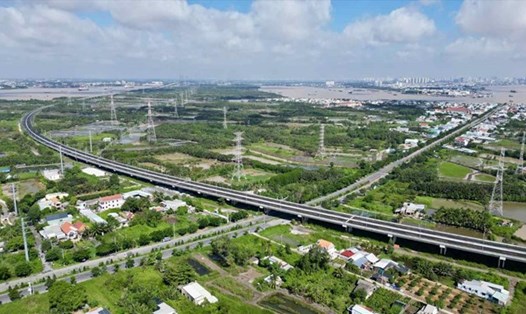Vingroup Corporation has just sent a document to Chairman of Ho Chi Minh City People's Committee Nguyen Van Duoc proposing to study and invest in the sea route connecting the Can Gio and Ba Ria - Vung Tau areas (formerly) under the BT form.
According to Vingroup, on June 11, the Prime Minister issued Decision No. 1125 approving the Project to adjust the general planning of Ho Chi Minh City to 2040, with a vision to 2060, in which it is determined that developing modern transport infrastructure and improving inter-regional and inter-regional connectivity capacity is a key strategic orientation.
After Ba Ria - Vung Tau province merged into the city, the need to develop a direct connection axis between coastal areas became urgent. Can Gio - Ba Ria - Vung Tau (formerly) is a region with a strategic location in terms of marine economy, ports, tourism and ecological urban areas, but current infrastructure is still limited, mainly dependent on ferries and routes.
Vingroup believes that investing in an overseas route will shorten travel time, effectively connect functional areas in the city, while creating momentum for socio-economic development, trade and expanding sustainable urban space.
In the spirit of accompanying the realization of key transport infrastructure planning, this group proposed that the Ho Chi Minh City People's Committee allow research on investing in the sea-crossing route connecting the Can Gio - Ba Ria - Vung Tau area (formerly) under the BT form.
According to Vingroup, this policy is an important step, creating a legal basis to launch the feasibility study process and ensuring the city's development orientation. Vingroup Corporation is also committed to long-term cooperation, contributing to improving regional connectivity capacity and sustainable development of the coastal space of Ho Chi Minh City.
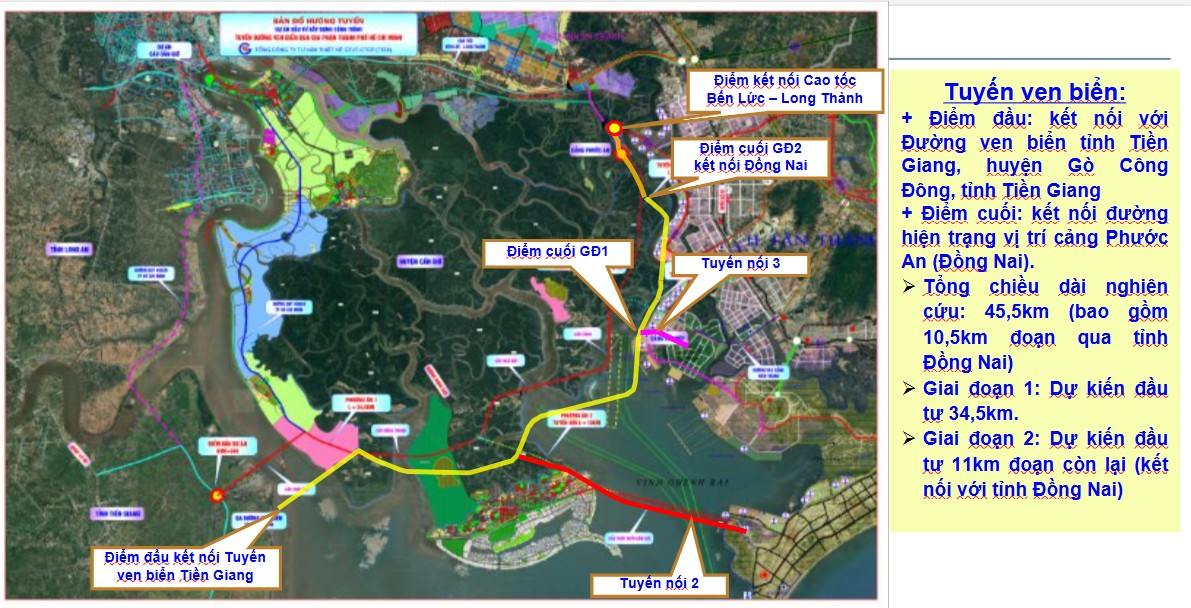
According to Decision 1454/QD-TTg of the Prime Minister on road network planning for the period 2021 - 2030, with a vision to 2050, the coastal route is identified as an important traffic axis, connecting Ho Chi Minh City with the Mekong Delta.
This route is 941 km long, passing through 9 previous provinces and cities, including: Ba Ria - Vung Tau, Ho Chi Minh City, Tien Giang, Ben Tre, Tra Vinh, Soc Trang, Bac Lieu, Ca Mau and Kien Giang.
In the planning of Ho Chi Minh City for the period 2021 - 2030, with a vision to 2050, the city has also identified the southern coastal route connecting from Tien Giang to Can Gio (HCMC) to Dong Nai and Ba Ria - Vung Tau, connecting with Can Gio international transit port, Phuoc An port and Ben Luc - Long Thanh expressway.
This route has a total length of about 45.5 km, of which 10.5 km passes through Dong Nai province, the cross-section is 50 m wide, including 8 lanes.
Previously, the Ho Chi Minh City Department of Transport (now the Department of Construction) coordinated with the Transport Design Consulting Corporation - JSC (TEDI) to conduct a preliminary study of three investment options for the southern coastal route.
Option 1: Phase 1 has a total investment of VND 31,556 billion, phase 2 (completion of 8 lanes) is about VND 6,400 billion.
Option 2: Construction of the main route and Can Gio overpass connecting the Ba Ria - Vung Tau coastal road. This option helps shorten the journey by about 40 km compared to the original plan but has a total capital of more than VND 55,800 billion, phase 2 by VND 6,400 billion, bringing the total investment of the two phases to VND 62,231 billion.
Option 3: Invest in the main route and road to Cai Mep port, helping to shorten the journey by about 32 km, with a total capital of nearly VND35,400 billion, plus phase 2 of VND6,400 billion, with a total investment of about VND42,275 billion.
Currently, the Ba Ria - Vung Tau coastal route is nearly 78 km long, 6-8 lanes wide, connecting Cai Mep - Thi Vai port with Binh Chau, and has started construction since June 17, 2023 with a total capital of more than 7,000 billion VND.
The Draft Political Report at the 1st Ho Chi Minh City Party Congress, term 2025 - 2030, also identified investment in the coastal road system as one of the key tasks.
In April 2025, Vingroup Corporation started construction of Can Gio Sea Tourism Urban Area with a scale of 2,870 hectares.
In addition, Vingroup was also assigned by the Ho Chi Minh City People's Committee to study and invest in a 48.5 km long high-speed railway line, connecting Nguyen Van Linh Avenue with Can Gio Coastal Urban Tourism Area.


